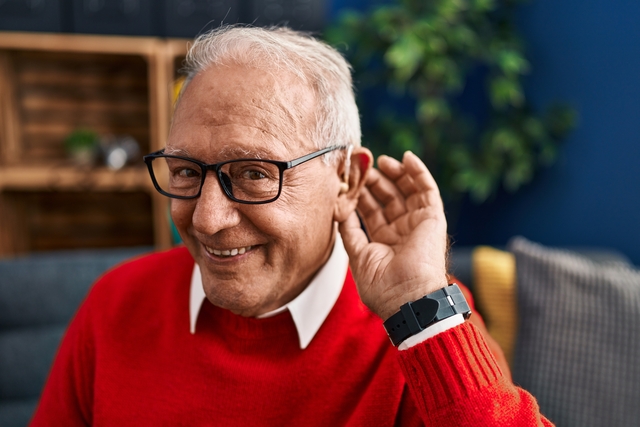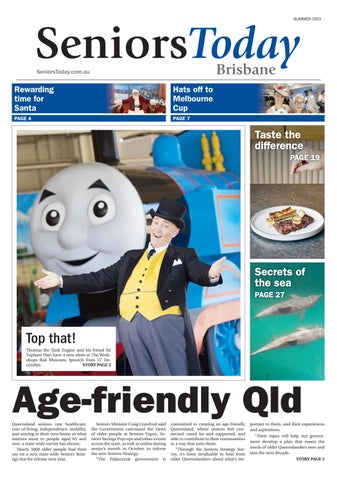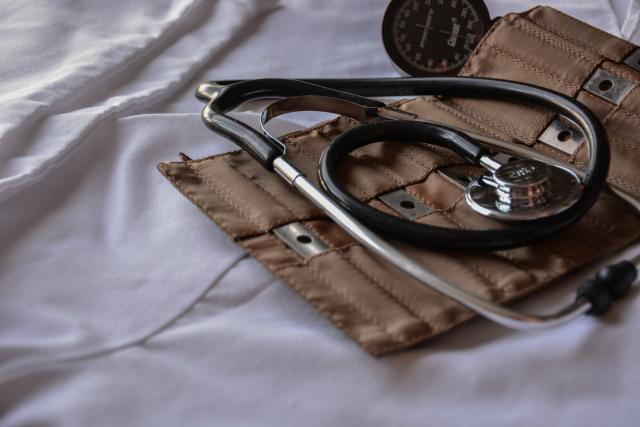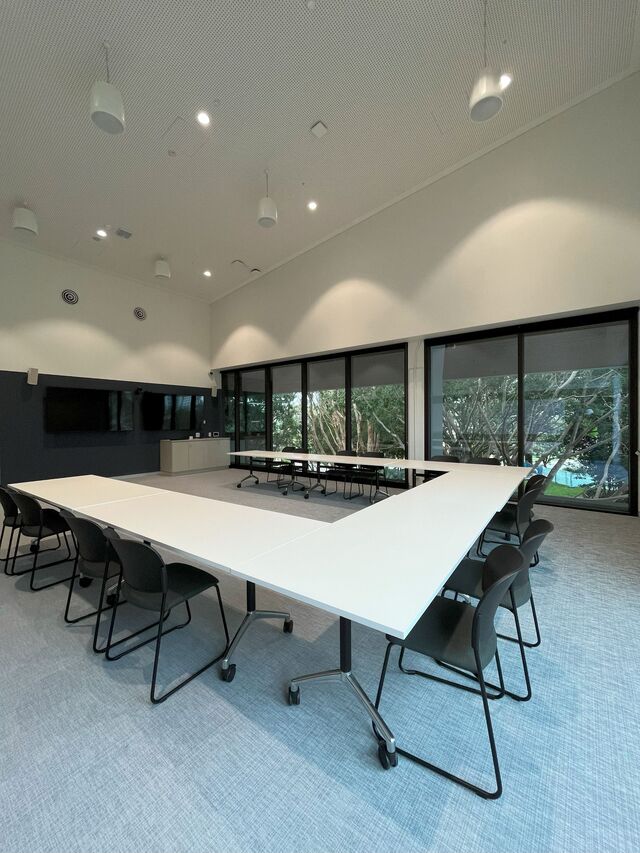I recently, met a wonderful client for a hearing and tinnitus assessment. She brought along two high- end hearing aids which she purchased from another clinic. She brought them along in a bag. They were not on her ears. She claimed that they do not work, and that she only uses them once per month. Even more heartbreaking is that she is still paying off these devices and has been for three years.
How can this be in 2024?
Here is what we know:
It takes people 7-10 years from knowing that they have a hearing problem to getting a test. It cannot recall, hand on heart, anyone in my clinic that states that there hearing loss started showing itself in communication less than 5 years ago.
Most hearing losses creep up and with it, coping strategies that is unhelpful as much as it is helpful. For example, the TV volume is higher than usual; Noisy situations become incredibly difficult for following a conversation without asking of repetition; Ten to twenty requests for repetition in most conversations; A sense that everyone is mumbling and the mobile phone often becomes more audible and listening friendly on the speaker setting.
We hear with our brains – the purpose of any hearing device strategy is to ensure the best fidelity of signal for the brain to process. The clearer the signal arriving at our brains, the less effort it takes to decide.
a) what are important signals to build the message,
b) what is background noise detracting from the message and
c) how much listening effort should be allocated to a specific situation.
If hearing losses gradually come about, limiting the signal to our brains, causing unhelpful habits to develop for us and our communication partners, it goes to reason that adjusting to a hearing aid use will not be as simple as getting a pair of glasses. Unfortunately, people confuse eye correction with hearing rehabilitation. Getting a pair of hearing devices are more like being fitted with a prosthetic limb than getting glasses.
It requires:
o Customisation to your hearing and brain requirements. This usually comes in the form of follow-up appointments and rehabilitation exercises.
o Learning what to listen to and what to ignore.
o Practice (in simple listening conditions first)
o More practice in increasingly difficult listening conditions.
o Noticing subtle changes over time (especially by your loved ones and family).
Seek out an independent audiologist, with skill and patience, to re-initiate your hearing journey. Hearing aids do not belong in drawers or in bags. Neither the bag, nor the drawer needs them, but your brain does! A skilled clinician will be able to design a practical hearing rehabilitation strategy and get you back on the air.
It is 100 per cent worth it.








